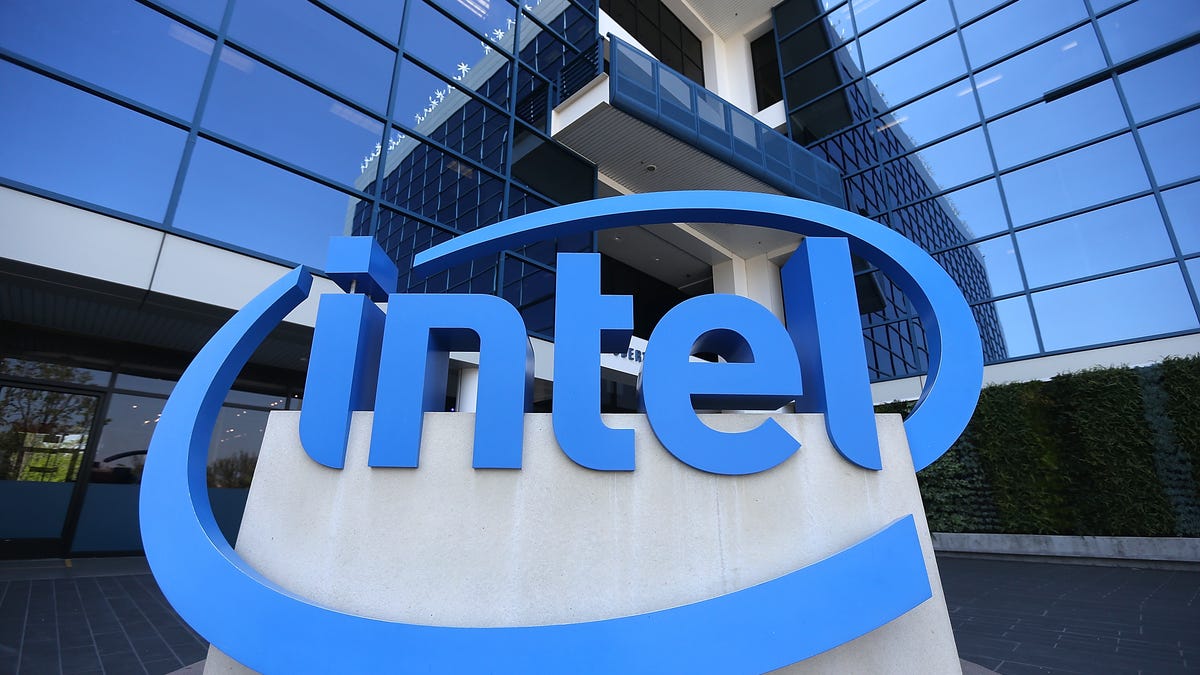Intel’s Strategic Alliance: The Potential of Collaborating with Nvidia and Broadcom
As Intel navigates the complex landscape of the semiconductor industry, the company is increasingly looking to strategic alliances to bolster its growth and regain its competitive edge. Among the most promising partnerships are those with tech giants Nvidia and Broadcom. This article examines how these potential collaborations could not only propel Intel’s growth but also reshape the broader tech landscape.
The Current State of Intel
Intel, once the undisputed leader in semiconductor manufacturing, has faced a series of challenges over the past decade. Increased competition from companies like AMD and the rise of custom silicon solutions from companies such as Apple have eroded Intel’s market share. Moreover, delays in product launches and manufacturing issues have further complicated its recovery efforts.
In response to these challenges, Intel has embarked on a transformative strategy, focusing on innovation, increased production capacity, and strategic partnerships. By collaborating with other leaders in technology, Intel aims to enhance its capabilities and offer more competitive products.
Why Nvidia and Broadcom?
Both Nvidia and Broadcom represent formidable players in the semiconductor space, each with unique strengths that could complement Intel’s offerings.
The Nvidia Advantage
Nvidia has become synonymous with high-performance graphics processing units (GPUs) and artificial intelligence (AI). The company’s dominance in the AI sector is particularly noteworthy, as it has become the go-to provider for machine learning and deep learning applications. Here’s how a partnership with Nvidia could benefit Intel:
- Enhanced AI Capabilities: By integrating Nvidia’s AI technologies, Intel could significantly boost its own product offerings, particularly in data centers and edge computing.
- Access to Cutting-Edge Graphics Technology: Collaborating with Nvidia could enable Intel to incorporate advanced graphics capabilities into its processors, appealing to gamers and content creators.
- Joint Research and Development: Intel and Nvidia could pool resources for research in next-generation computing technologies, potentially leading to breakthroughs in performance and efficiency.
The Broadcom Synergy
On the other hand, Broadcom is a leader in networking and broadband technologies. Its expertise in semiconductor solutions for wired and wireless communications aligns well with Intel’s ambitions in cloud computing and Internet of Things (IoT). The potential gains from a partnership with Broadcom include:
- Strengthened Networking Solutions: As data traffic continues to surge, Intel can leverage Broadcom’s networking technologies to enhance its data center offerings.
- Improved Supply Chain Reliability: By collaborating with Broadcom, Intel could secure a more reliable supply chain for its semiconductor components, crucial for meeting growing demand.
- Expanded Market Reach: Broadcom’s extensive customer base in telecommunications and enterprise markets could help Intel penetrate new sectors more effectively.
Strategic Implications for Intel’s Growth
By forging alliances with Nvidia and Broadcom, Intel could not only enhance its product portfolio but also solidify its position in the semiconductor market. Here are some strategic implications of these partnerships:
Market Competitiveness
Partnering with industry leaders like Nvidia and Broadcom would allow Intel to create more competitive products that can stand up to the offerings from AMD and other emerging firms. By combining Intel’s manufacturing capabilities with Nvidia’s AI prowess and Broadcom’s networking expertise, the company can launch a new generation of high-performance chips that cater to diverse applications.
Innovation Acceleration
Innovation is crucial in the tech industry. Collaborating with Nvidia and Broadcom could accelerate Intel’s research and development efforts, leading to quicker time-to-market for cutting-edge technologies. This could include advancements in AI processing, enhanced security features, and energy-efficient designs.
Diversity of Offerings
A partnership with Nvidia could pave the way for Intel to venture deeper into the AI and gaming markets, while collaboration with Broadcom could strengthen its presence in networking and communication technologies. This diversification could insulate Intel from market fluctuations and changing consumer preferences.
Broader Implications for the Tech Landscape
The potential alliances between Intel, Nvidia, and Broadcom could have far-reaching implications for the tech industry at large. Here are a few considerations:
Increased Collaboration Across the Industry
As major players in the semiconductor space begin to collaborate more closely, we may see a shift towards more open ecosystems. This could encourage innovation and lead to enhanced interoperability among different technologies, benefiting end-users and businesses alike.
Challenges to Competitors
The combined strengths of Intel, Nvidia, and Broadcom could pose a significant challenge to competitors, particularly AMD and emerging AI-focused startups. The enhanced offerings and capabilities resulting from these partnerships may force rivals to innovate at a faster pace to keep up.
Impact on Supply Chains
In light of recent supply chain disruptions in the semiconductor industry, strategic partnerships can lead to more robust and resilient supply chains. By collaborating, Intel, Nvidia, and Broadcom can share resources and insights, helping to mitigate risks associated with production delays and component shortages.
Conclusion: A Promising Future
As Intel seeks to reclaim its position in the semiconductor industry, strategic alliances with Nvidia and Broadcom present exciting opportunities for growth and innovation. By leveraging Nvidia’s strengths in AI and graphics and Broadcom’s expertise in networking, Intel can enhance its competitive edge and offer more comprehensive solutions in a rapidly evolving market. These partnerships not only promise to benefit Intel directly but could also reshape the broader tech landscape, fostering collaboration and innovation across the industry.
In the face of growing competition, the future looks promising for Intel as it embraces a strategy of collaboration, innovation, and resilience. The potential synergies with Nvidia and Broadcom could very well be the catalysts needed for Intel to navigate the challenges ahead and emerge as a leader in the next generation of technology.
See more Future Tech Daily

